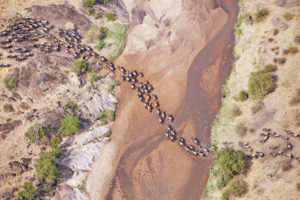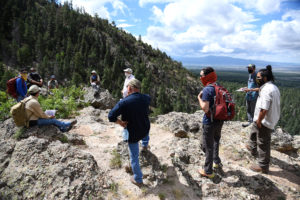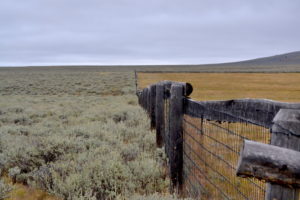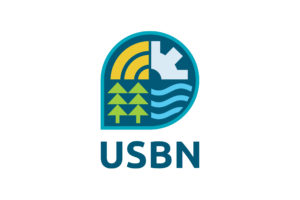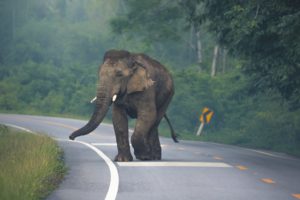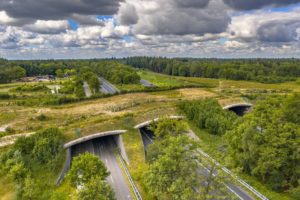New Initiative Seeks to Connect Wild Spaces
WWF, the Center for Large Landscape Conservation and the IUCN World Commission on Protected Areas’ Connectivity Conservation Specialist Group today launched a new initiative to conserve nature’s connections: Wildlife Connect. The initiative aims to secure ecological connectivity, defined by the Convention on Migratory Species as the “unimpeded movement of species and the flow of natural processes that sustain life on Earth.” From great migrations of wildlife across landscapes and continents to river flows from mountain to sea, nature’s circulatory system of connections is essential for a healthy planet. Yet they are rapidly disappearing, destabilizing ecosystems and the essential benefits they provide for us all.
